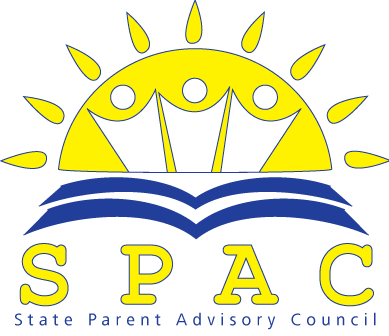Scheduling Workshops & Meetings
Time and Date
As you determine a specific date and time for your meetings, give careful consideration to family schedules and outside commitments. Depending on the circumstances of individual parents, any of the following times may work well for a meeting/workshop:
After school in the afternoon
After school in the evening
Before school in the morning (possibly combined with a breakfast)
During the school day
During the day on a weekend
During the day on a teacher in-service day
In scheduling your workshops, keep in mind that parents will need to find babysitters for children, unless you are providing babysitting. In scheduling a location for a workshop, make sure to allow ample time for the workshop itself, together with time for setup before the meeting and for socializing and cleanup afterwards.
Location
If all parents attending a workshop are from the same school, you will generally achieve the best results if the workshop takes place at the school. However, if participants are coming from several schools, you will need to choose a central location. If the training is too far from where participants live, you may want to provide transportation and use your Title I parent involvement set-aside for parents who would otherwise be unable to attend the meeting.
Generally speaking, the location you choose for your meeting should have the following:Tables and chairs with ample space for all workshop participants, with enough room for parents to sit comfortably or move around. Round tables or small cafeteria-style tables work especially well.
Room layout that facilitates both whole-group discussion and small-group discussion and activities.
Table and/or podium for the presenter.
Board or flip chart for notes.
Special Services and "Extras"
Some of the most common barriers that prevent Title I parents from attending meetings and events at schools are lack of childcare, lack of transportation or that the parents are non-English speakers. Here are some tips to help overcome these barriers:
Transportation
Title I funds may be used to provide transportation for parents to attend meetings and workshops. If funds are not available to provide transportation for all parents needing it, you might consider setting up carpools or rides for parents.
Babysitting
Generally speaking, parent involvement meetings and workshops work best if only adults are present. In some cases, this may mean offering babysitting for parents. If possible, have a separate room available for children. A responsible adult should be in charge; however, you might consider using high school students needing community service credits or volunteers from a local nursing home to help with the children. In addition, be sure to have activities such as children’s books, games, coloring books, a video or any other items you feel would entertain the children and keep them occupied during the meeting.
Translators
If a segment of your parent population consists of non-English speaking parents, you should provide translators at your meetings. Translators might be provided by your district, or you can check with parents, teachers, or other community volunteers.
Tips to Remember When Conducting the Workshop
As you conduct the workshop, consider the following suggestions for helping the workshop run more smoothly and effectively:
Begin by welcoming the parents to the workshop. If there is a school administrator in attendance, you may want to have him/her conduct a brief introduction.
Have everyone introduce themselves.
Conduct a short “icebreaker” activity to get parents talking to each other and thinking about the workshop topic.
Early in the workshop/meeting, invite parents to share their questions and items they would like to learn about related to the workshop/meeting topic, and record these on a board or flip chart. Revisit these questions and issues at the end of the workshop and discuss whether and how they have been addressed.
In presenting ideas, avoid technical talk and “education-ese.” If you need to use a technical term, explain it simply the first time you use it.
Make extensive use of hands-on activities, if possible. Use every opportunity to have parents take an active part in the workshop.
Avoid having parents spend long stretches of time reading or listening to you. Whenever possible, have parents try out activities and role-play processes rather than just reading about them.
Model processes, procedures, and activities for parents before having them do these on their own.
When you are sharing a PowerPoint presentation, handout, or text, read the text aloud while parents follow along. This helps reinforce understanding by engaging both vision and hearing, while providing support to parents who may lack strong reading skills.
In many cases, parents may be reluctant to take an active role in discussions. Be prepared to ask leading questions or provide a few ideas as discussion starters, or even abandon the discussion if needed and simply present your points if parents seem unwilling to make comments.
